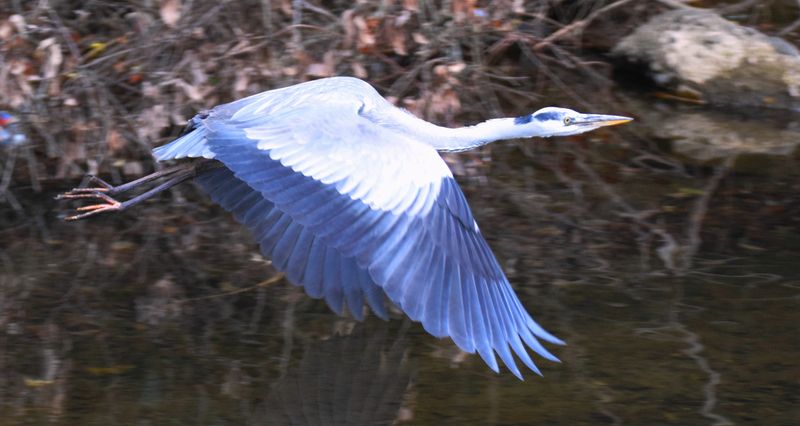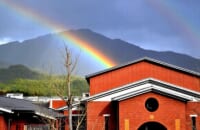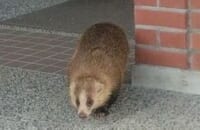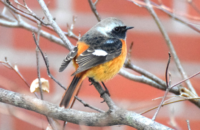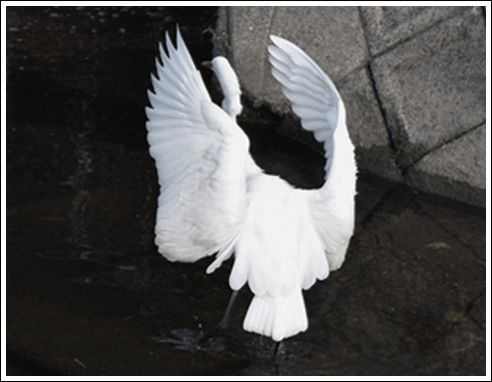
新しい年の始まりに、純白の野鳥の舞いを紹介します。
本校の住所は「左京区大鷺町」です。大鷺町の南東方向には「上高野鷺町」という地名もあり、このあたり一帯は「サギ」の名所であったのではと推測できます。確かに昔の地図をみると、岩倉川は天井川で、その川近くは過去からの河川氾濫などで広汎に湿地帯が広がっていたと考えられます。また本校北東校地にある会館は「しらさぎ」という名を冠した建物です。
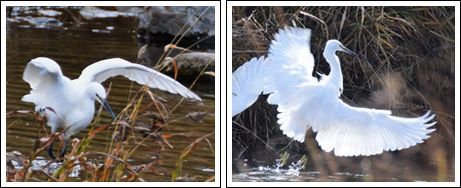 さて、白い「サギ」はよくシラサギと呼ばれますが、「シラサギ」という名の野鳥はいません。全身が白いサギ類の総称なのです。岩倉川ではコサギ、ダイサギ、アオサギが数も多くよく目にします。コサギはその名のとおり小型のサギで、足の先が黄色です。ダイサギとアオサギは別種ですが愛称がよいのか、よく一緒にたたずんでいます。
さて、白い「サギ」はよくシラサギと呼ばれますが、「シラサギ」という名の野鳥はいません。全身が白いサギ類の総称なのです。岩倉川ではコサギ、ダイサギ、アオサギが数も多くよく目にします。コサギはその名のとおり小型のサギで、足の先が黄色です。ダイサギとアオサギは別種ですが愛称がよいのか、よく一緒にたたずんでいます。
不思議とサギは雪の季節に似合います。
寒いからと言って、室内ばかりにこもるのではなく、気分転換に「凛とした寒さを楽しむ」感覚で、身の回りの自然観察を試みてみましょう。もちろん防寒対策は必要です。適度な運動は免疫力(自然免疫)の増強にもつながり、コロナ感染対策としても意味あることだと思います。
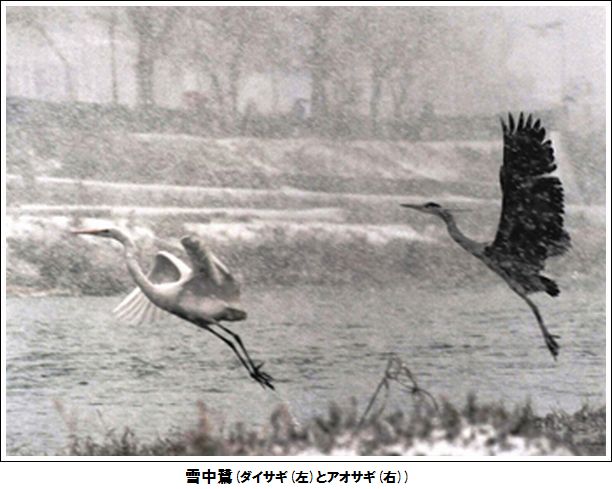
With the start of this new year, we will introduce a dance by a pure white bird.
Our school is located in the Oosagi area of Sakyo-ward. To the south east of this area is the Kami-Takano-Oosaki area, so we could assume that it is because of it being a famous area for herons. We know, by looking at old maps, that there were several swamps that were caused by flooding in the area. Even one of the buildings in our school is named “Shirasagi”.
White herons are often called Shirasagi in Japanese, but there are actually no birds with the name Shirasagi. It’s only because their bodies are white. Along the Iwakura River, we can see Little Egrets, Great Egrets, and Gray Herons. The Little Egret is, as it is named, a smaller bird with yellow on its legs. The Great Egret and Gray Heron are different species, but are often seen hanging around together.
It’s interesting that herons seem to look good in snowy weather. Because it’s cold, we shouldn’t just stay inside, we should get out for a change and feel the fresh cold air, while we feel the nature that is around us. Of course, we should dress up warmly. Exercise is good for building up our natural immunity, so it could be a good countermeasure against the Covid-19 virus.
